20 Weird Dog and Cat Behaviors Explained by Science
Why are our lovable cats and dogs so weird? Live Science explores the seemingly mysterious behaviors of each, including why cats bury their poop and why dogs sniff each others' butts.
Weirdness
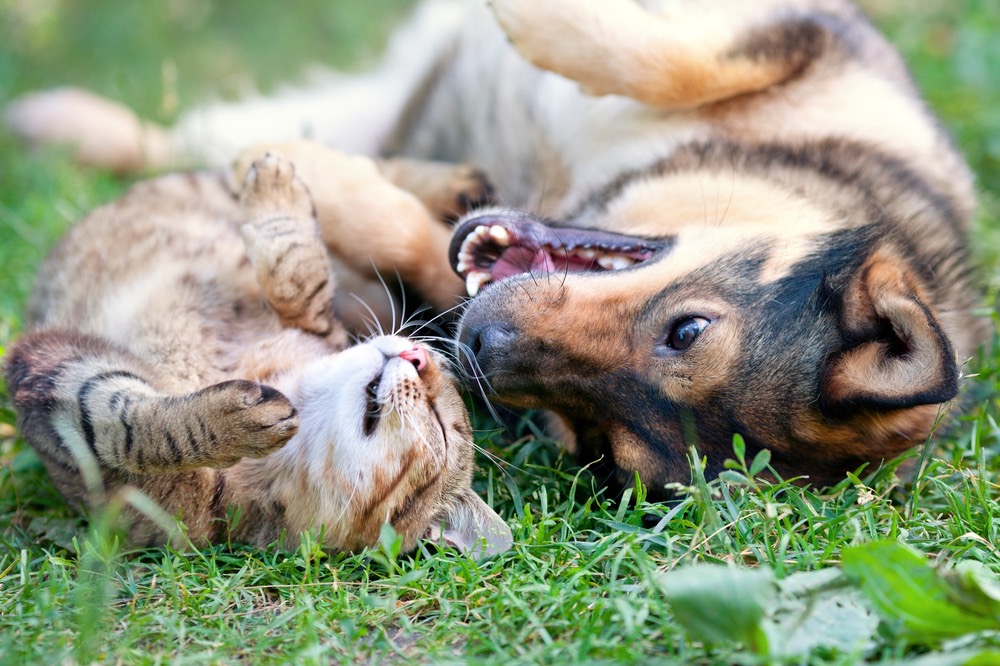
What's the science behind the weird behaviors of cats and dogs? Live Science looked into several mysteries, including why dogs eat poop and why cats stretch so much, to explain the possible evolutionary and biological reasons for each.
Let's take a leap into the wild brains of your adorable, and often baffling, four-legged housemates.
Why do cats hate baths?
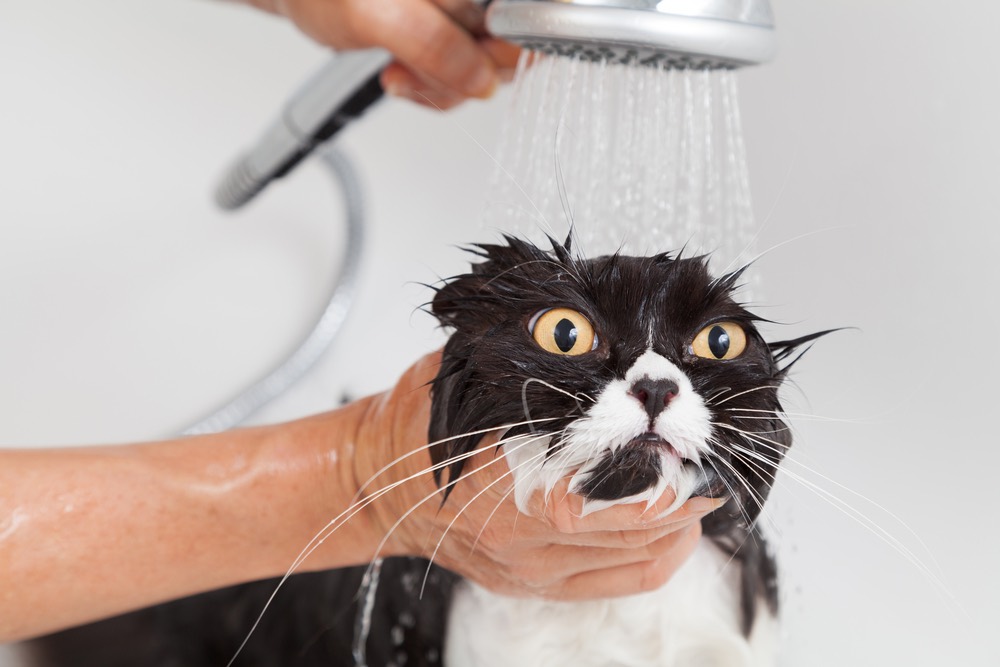
It's no mystery that most domestic cats dislike being in water, whether for a bath or a dip in a pool or lake. Most dogs, on the other hand, can't get enough of it. But why is this?
Perhaps it's because a cat's fur takes longer to dry than a dog's does, and cats don't like being sopping wet while they wait to dry off, Kelley Bollen, director of behavior programs for the College of Veterinary Medicine at Cornell University, told Live Science in 2010.
Or maybe cats prefer to have all four feet on a solid surface and "do not appreciate the sensation of floating in the water," she said.
Moreover, some dog breeds, including the Portuguese water dog and the Irish water spaniel, are bred to "work" in the water and have body types equipped for swimming.
In addition, most dogs are pleasantly introduced to water when they're young, while cats are not, Suzanne Hetts, a wildlife biologist with Animal Behavior Associates in Colorado, told Live Science.
Why do cats stretch so much?
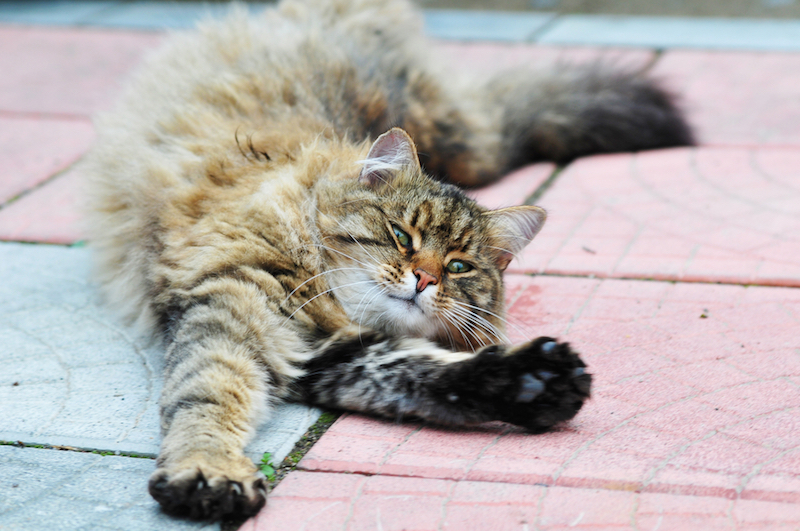
Cats like to stretch largely for the same reasons people do: It feels good, and it increases blood flow to the muscles, Andrew Cuff, a postdoctoral researcher of anatomy at the Royal Veterinary College in London, told Live Science in April 2016.
Cats sleep between 12 and 16 hours a day, meaning they're not moving for long amounts of time. When cats are sitting still or sleeping, their blood pressure drops, Cuff said. Stretching can reverse that, he added.
"As you stretch, it activates all of your muscles and increases your blood pressure, which increases the amount of blood flowing to the muscles and also to the brain," Cuff said. "This helps wake you up and make you more alert."
Stretching can also flush out toxins and waste byproducts that build up in the body during periods of inactivity, Cuff said. Moreover, when a cat stretches, it readies its muscles for activity, such as running after a mouse … or a treat.
Why do dogs walk in circles before lying down?
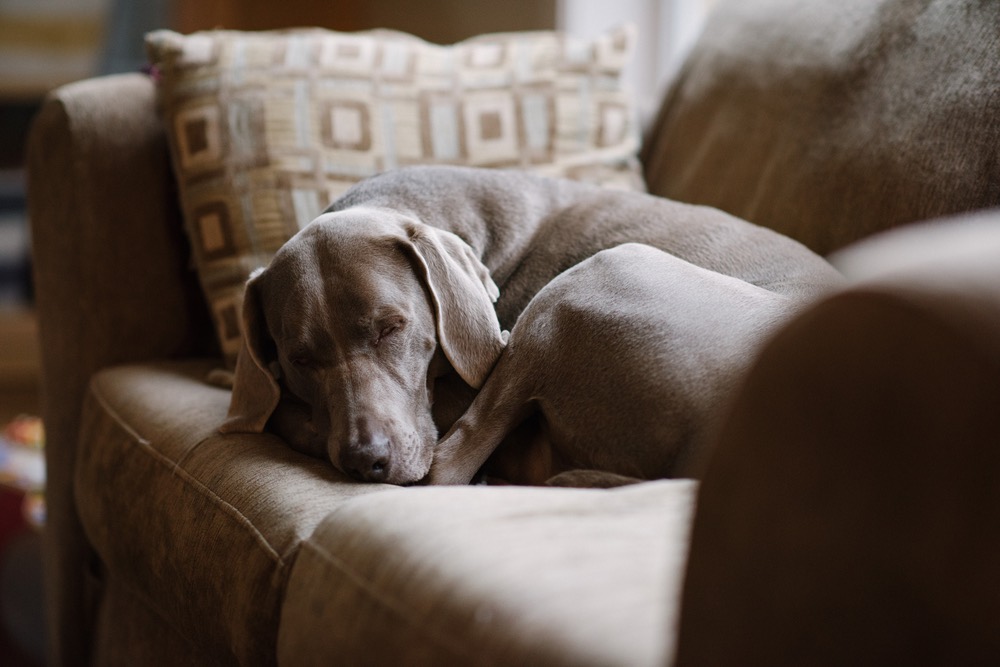
Dogs often walk in circles before settling down for a snooze. This curious behavior is actually hardwired in them from prehistoric times, Leslie Irvine, author of "If You Tame Me: Understanding Our Connection With Animals" (Temple University Press, 2004), told Live Science in 2011.
Fido's wild dog ancestors would walk in circles to make a nest — an area with stomped-down grass or underbrush where they could sleep. This behavior may have also driven out snakes or large insects that otherwise might have bothered them, Irvine said.
Moreover, a nest would mark the dog's territory, telling other dogs to stay away, she said.
Why do dogs poop along a north-south axis?
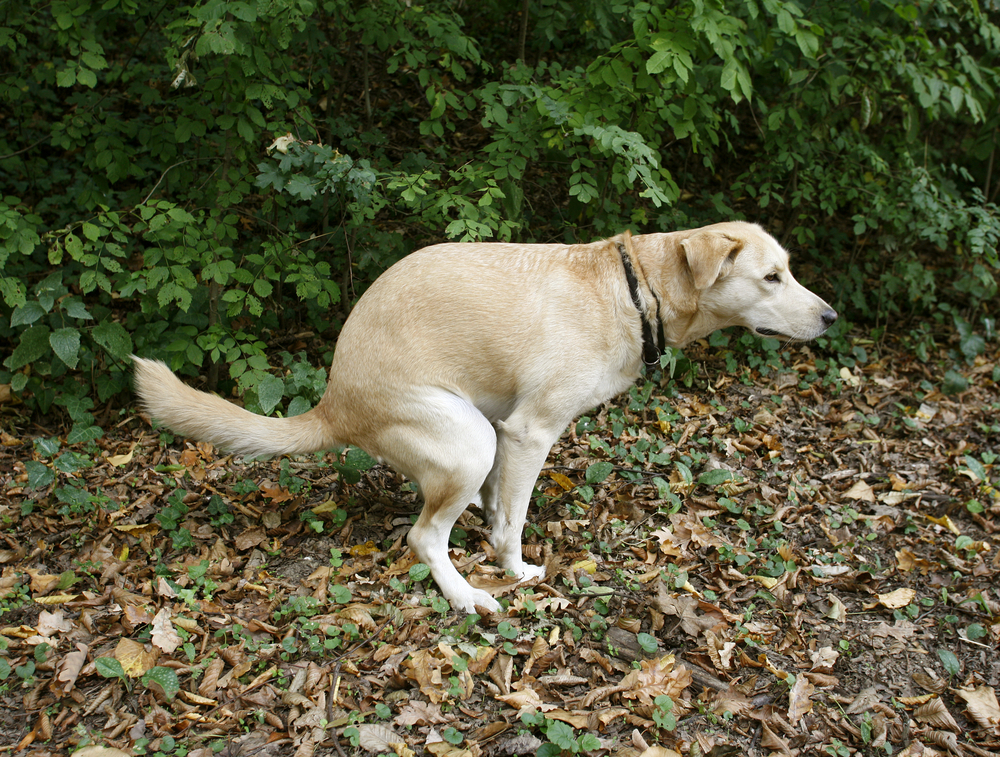
Dogs aren't just particular about their cozy "nests." Turns out, some pups like to poop while they are aligned with the north-south axis of the Earth's magnetic field. To come to this wacky conclusion, researchers spent two years observing 70 dogs as they defecated and urinated.
The dogs studied, which included 57 different breeds, tended to face north or south while pooping and seemed to avoid facing east or west, the researchers noted in their study, published in 2014 in the journal Frontiers in Zoology. Even so, the researchers are not sure how the dogs are sensing the magnetic field (if they are, in fact, sensing it) or why they'd have such a particular pooping position.
Why do cats bury their poop?
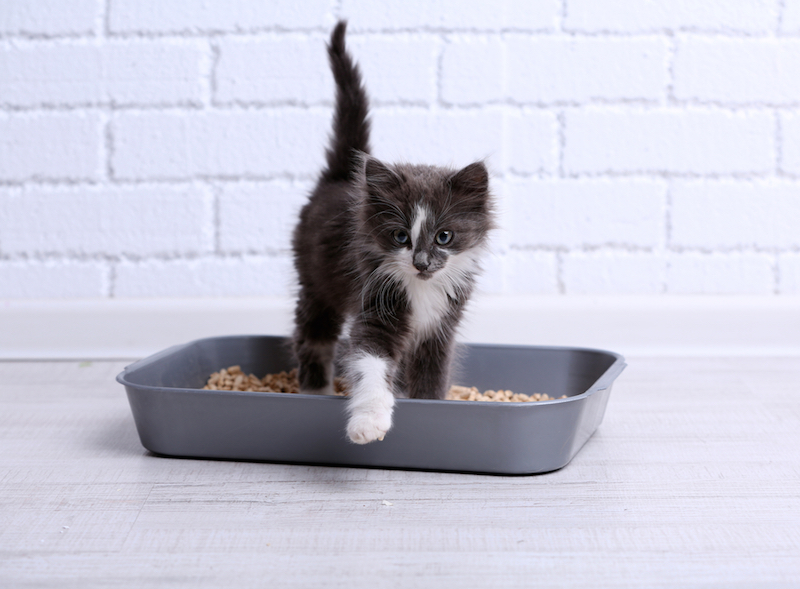
Speaking of poop … Why do domesticated cats bury their poop, spraying litter across the floor as they finish the deed?
Scientists suggest this poop-burying practice is tied to submission and precautionary measures. In the wild, predators with sensitive noses can likely easily pick up the smell of cats' urine and feces, according to Animal Planet. So, smaller and weaker cats that are more submissive may bury their poop to keep from riling up more dominant animals, Animal Planet said.
In contrast, big, dominant cats in the wild, such as lions and tigers, sometimes mark their territory with excrement but do not bury it, according to Mental Floss.
Some may even bury their poop because they see themselves as subordinate to their human owners, zoologist and ethologist Desmond Morris wrote in his book "Catlore" (Crown Publishers, 1988).
Why do cats bring home dead animals?
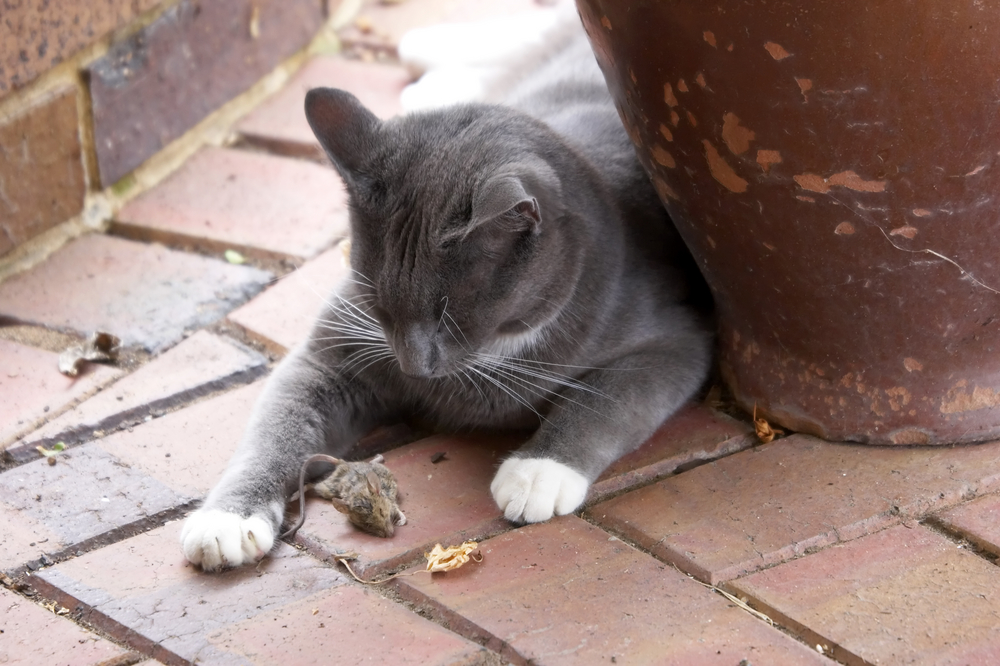
Even though most pet cats have access to a bowl of kibble, these natural-born hunters often still bring home mice, birds and other small animals they've killed during their outdoor escapades.
That's because wild cats usually eat several small meals a day, and that instinct didn't disappear when they were domesticated about 10,000 years ago. Moreover, mother cats in the wild catch prey and bring it home to teach their young how to eat. Domestic cats are often spayed, meaning they can't have kittens. But they may still try to pass on their hunting wisdom.
In fact, your cat may think you're a "kitten" that needs feeding or may want to thank you for the food you provide her, according to veterinarian Dr. Marty Becker on VetStreet.com.
Why can't dogs eat chocolate?

It's best to keep that chocolate bar out of Fido's reach. Chocolate contains theobromine and caffeine — stimulants that are dangerous to dogs, Greg Nelson, senior vice president of Central Veterinary Associates in Valley Stream, New York, told Live Science in 2011.
After a dog eats chocolate, it might begin to drool excessively, vomit and have diarrhea. These are signs that the chocolate is toxic to the dog, Nelson said. Dogs can also experience an increased heart rate and act restless, nervous or excited because of the caffeine, he said.
In addition, an irregular heart rate can cause poor circulation, which can lead to a drop in body temperature. If the dog has an extreme reaction, it could have lethargy, muscle spasms and/or seizures; go into a coma; or even die, Nelson said.
If your dog has ingested chocolate, call your veterinarian for advice. You should also call your vet if your dog eats a grape or raisin, as these can cause kidney failure in certain breeds.
Related: Are grapes toxic for dogs?
Why do cats love boxes?
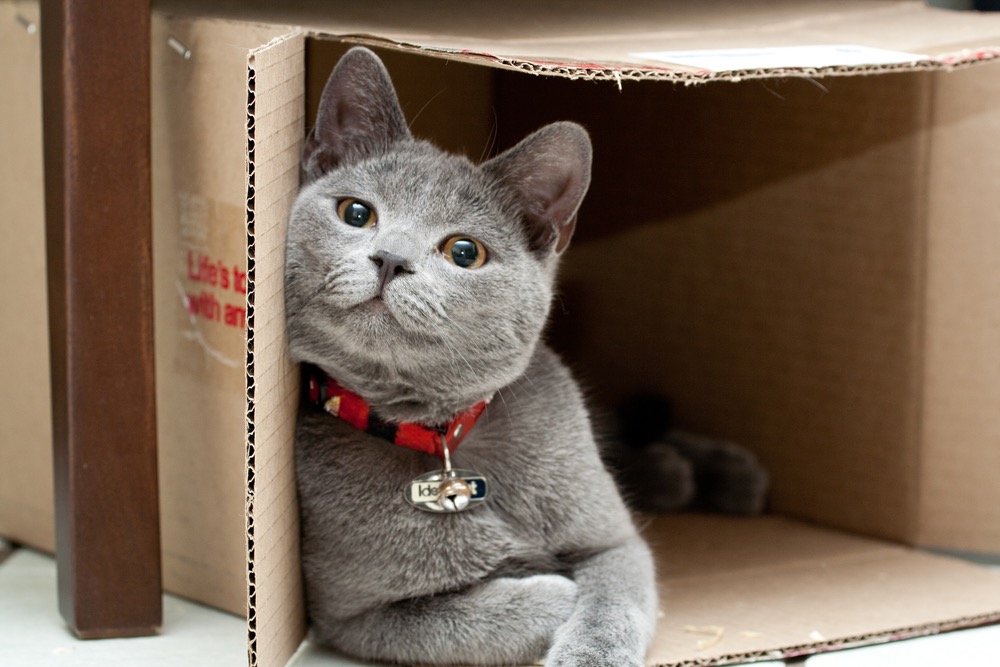
Anyone who has a cat knows that as soon as a box enters your home, your cat will turn it into a home in no time. But why do they seek out these confined spaces?
This behavior is likely instinctual; in the wild, enclosed spaces can help cats hide from predators and stalk prey.
"Cats like boxes because they are cryptic animals; they like to hide," Stephen Zawistowski, science adviser for the American Society for the Prevention of Cruelty to Animals, told Business Insider. "And a box gives them a place of safety and security."
A box can also help cats see what's coming at them, essentially helping them scan the area without being seen, Zawistowski said. What's more, if the kitty leaves the box to chase prey or a toy, it can always return to its safe zone afterward.
Related: Why do cats like boxes?
Do dogs sweat?
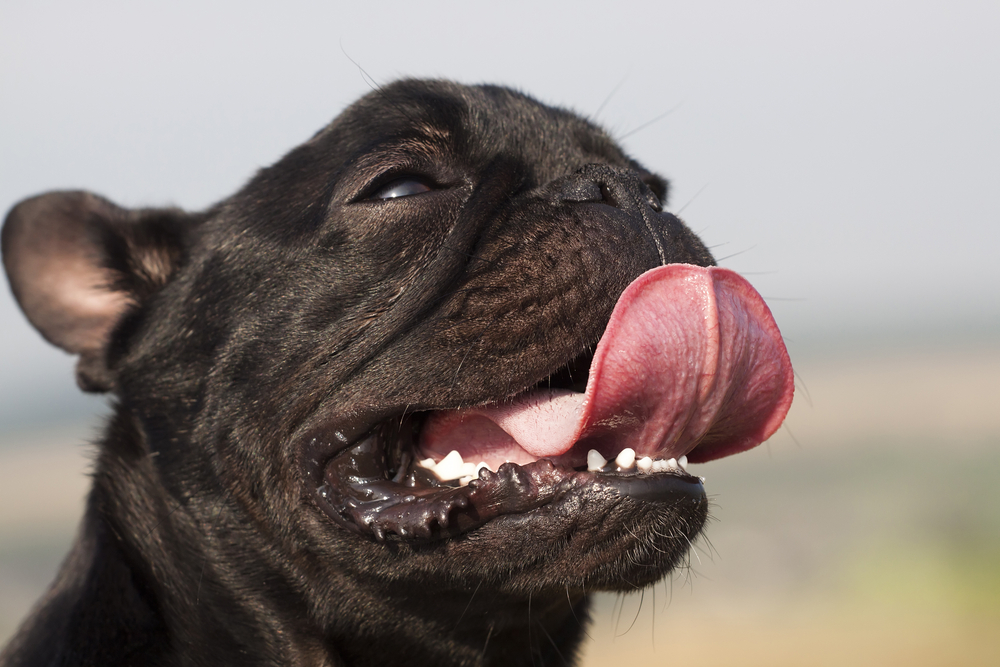
Dogs sweat, but not like people do.
When people sweat, they rely on their vast number of eccrine sweat glands all over their bodies. The sweat wets the skin and then evaporates, cooling the body in the process, Yana Kamberov, an assistant professor of genetics at the University of Pennsylvania, told Live Science in October 2016. This system allows people to continue walking, trekking or running without overheating, she said.
In contrast, dogs have sweat glands only on their paws and noses, Catherine Carrier, a veterinarian and animal operations senior manager at Covance Laboratories, a contract research facility that partners with pharmaceutical companies, told Live Science in July 2016. It's possible that sweaty paws give dogs more traction, Carrier said.
But sweaty paws aren't enough to cool off a dog. Rather, dogs mostly cool off by panting, Carrier said.
Related: Do dogs sweat?
Why do dogs sniff each other's butts?
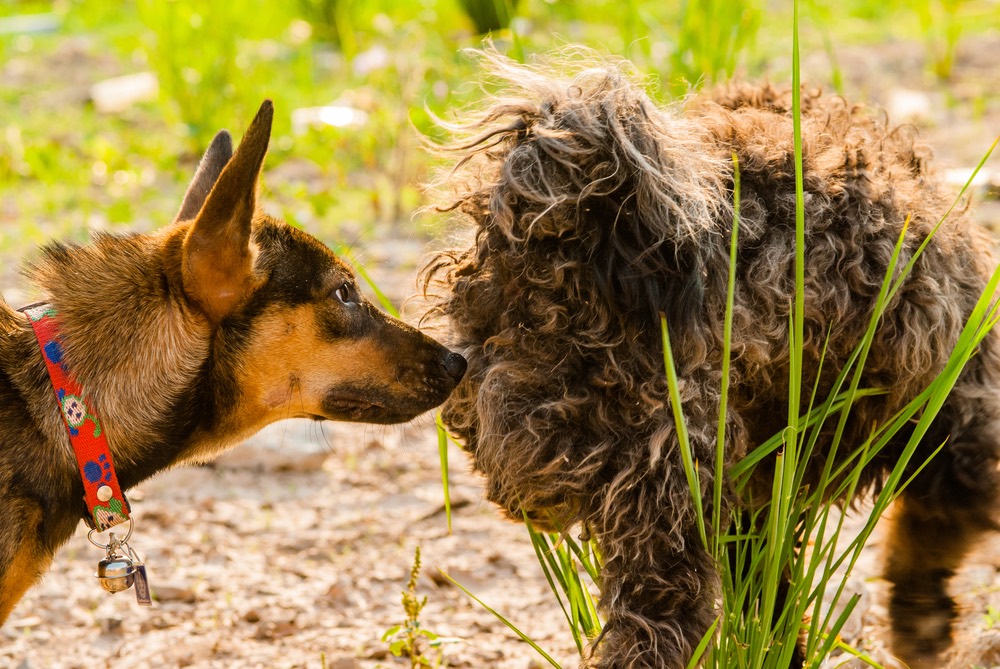
Dogs have some of the animal kingdom's most sophisticated and skilled noses. In fact, their sense of smell is 10,000 to 100,000 more acute than humans', according to an article on NOVA. That super sniffer leads to perhaps the ultimate, albeit stinky, dog mystery: What's up with all that dog-on-dog butt sniffing?
Those tail-wagging maniacs are communicating, of course. Or that's what scientists think, though there is a dearth of research to confirm that they are spreading information with their butts. What scientists do know is that dogs have anal sacs that secrete smelly, volatile compounds. For instance, George Preti, now at the Monell Chemical Senses Center in Philadelphia, found that the sacs emit a cocktail chock-full of trimethylamine, and several short chain acids such as propionic acid and butyric acid. His study was detailed in 1976 in the Journal of Chemical Ecology.
What those chemicals are telling other dogs is a mystery, said Anneke Lisberg, an associate professor of biological sciences at the University of Wisconsin Whitewater who studies chemical communication signals in domestic dogs. One study by Cheryl Asa, of the University of Minnesota, and colleagues found that wolves showed some particularities related to anal secretions: Adult male wolves, especially the alpha males, released anal-sac chemicals while pooping more frequently than females or juvenile wolves, the scientists wrote in 1985 in the Journal of Mammalogy.
Related: Why do dogs sniff each other's butts?
Sometimes, wolves would deposit these butt scents without pooping, "suggesting a dual role in communication by these substances," the researchers wrote. As for what types of dogs seem to prefer butt-sniffing behaviors, one study found that, at least in dog parks, male dogs were more likely than females to sniff another dog's butt, while females were more likely to inspect the other canine's head, according to the study, published in 1992 in the Journal of the International Society for Anthrozoology.
Sign up for the Live Science daily newsletter now
Get the world’s most fascinating discoveries delivered straight to your inbox.

Laura is the archaeology and Life's Little Mysteries editor at Live Science. She also reports on general science, including paleontology. Her work has appeared in The New York Times, Scholastic, Popular Science and Spectrum, a site on autism research. She has won multiple awards from the Society of Professional Journalists and the Washington Newspaper Publishers Association for her reporting at a weekly newspaper near Seattle. Laura holds a bachelor's degree in English literature and psychology from Washington University in St. Louis and a master's degree in science writing from NYU.










